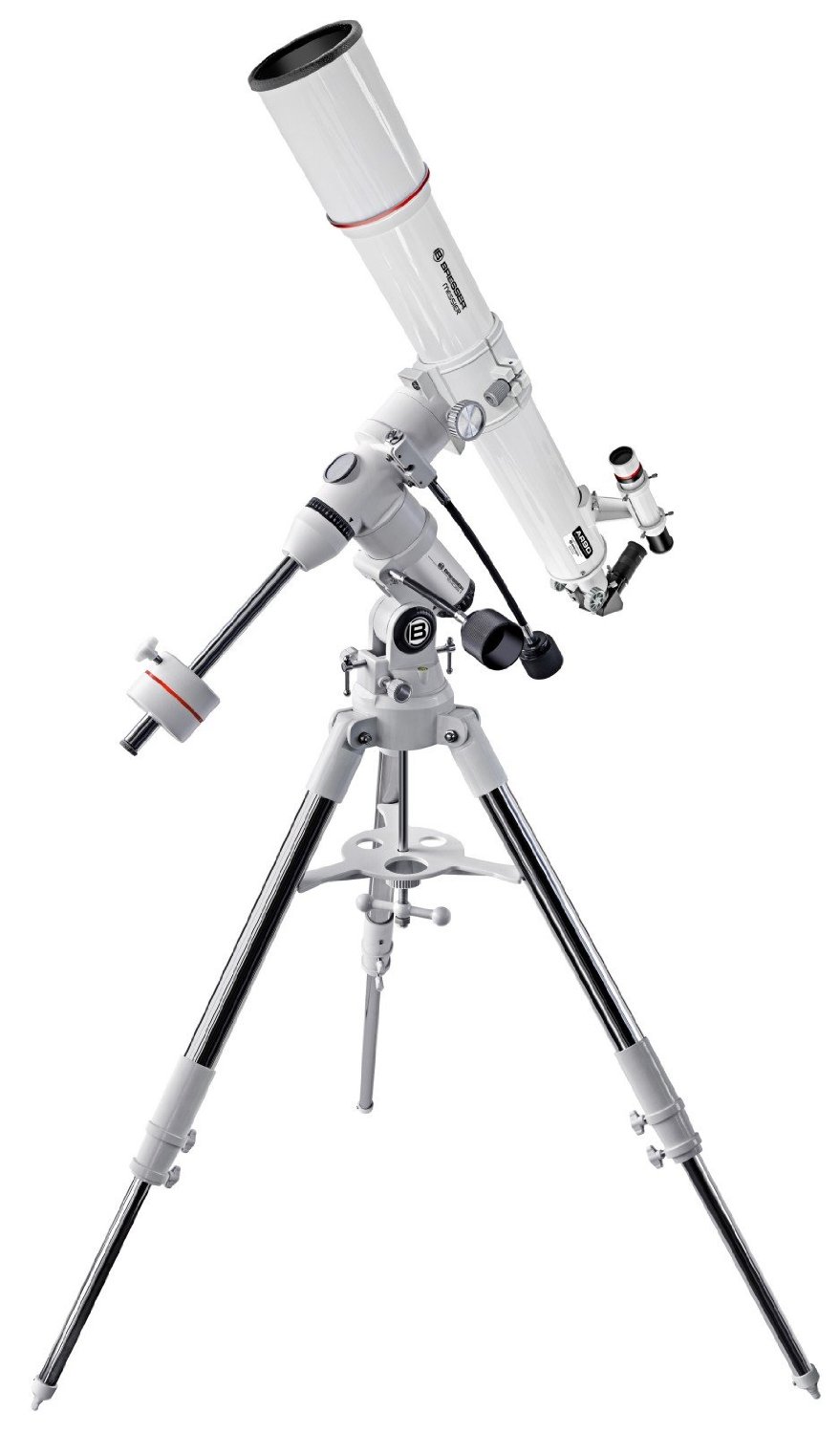Telescope Eyepiece Number
The telescope eyepiece number denotes the focal length of the eyepiece. It is not the magnification of the eyepiece.
Magnification of the Telescope
For any telescope, you can calculate the magnification of the eyepiece by dividing the focal length of the telescope by the focal length of the eyepiece. For example – by using a 20mm eyepiece on a telescope of focal length of 1000mm its magnification power will be 50x (1000/20=50), however, a 10mm eyepiece on the same telescope have magnification of 100x (1000/10=100). The eyepieces are exchangeable, so you can use a telescope to obtain a range of powers.
Magnification (buy telescope)
You need only adequate magnification to acquire a usable image. If you happen to obtain blurry images without much detail, you need to decrease the magnification. All this also depends on atmospheric conditions - clarity and constancy, the object you are observing, and the size of the telescope. A larger telescope can allow you to use more magnification by the time the images start becoming blurry.
Beginners
Begin viewing with an eyepiece for lowest magnification until you get a hold of the equipment. Therefore, you need to buy an eyepiece 'bigger number' denoting longer focal length. Remember the number on the eyepiece is the focal length, not its magnification.
Increasing Magnification
The basic law of optics affirms that increasing the magnification decreases the brightness of the image. Too much increase of magnification can cause an object to become faint to notice.
Fading Objects in the Field of View
It is important to understand how to choose a telescope, as a telescope along with magnifying the object in the sky also magnifies the earth's rotation. The added magnification in a telescope causes the object drift out of the field of view. A manual telescope mount can constantly 'recapture' the object by minor movements in the telescope. To keep the object in the eyepiece you can use motorized mounts to move the telescope with the rotation of the earth.

The telescope eyepiece number denotes the focal length of the eyepiece. It is not the magnification of the eyepiece.
Magnification of the Telescope
For any telescope, you can calculate the magnification of the eyepiece by dividing the focal length of the telescope by the focal length of the eyepiece. For example – by using a 20mm eyepiece on a telescope of focal length of 1000mm its magnification power will be 50x (1000/20=50), however, a 10mm eyepiece on the same telescope have magnification of 100x (1000/10=100). The eyepieces are exchangeable, so you can use a telescope to obtain a range of powers.
Magnification (buy telescope)
You need only adequate magnification to acquire a usable image. If you happen to obtain blurry images without much detail, you need to decrease the magnification. All this also depends on atmospheric conditions - clarity and constancy, the object you are observing, and the size of the telescope. A larger telescope can allow you to use more magnification by the time the images start becoming blurry.
Beginners
Begin viewing with an eyepiece for lowest magnification until you get a hold of the equipment. Therefore, you need to buy an eyepiece 'bigger number' denoting longer focal length. Remember the number on the eyepiece is the focal length, not its magnification.
Increasing Magnification
The basic law of optics affirms that increasing the magnification decreases the brightness of the image. Too much increase of magnification can cause an object to become faint to notice.
Fading Objects in the Field of View
It is important to understand how to choose a telescope, as a telescope along with magnifying the object in the sky also magnifies the earth's rotation. The added magnification in a telescope causes the object drift out of the field of view. A manual telescope mount can constantly 'recapture' the object by minor movements in the telescope. To keep the object in the eyepiece you can use motorized mounts to move the telescope with the rotation of the earth.
